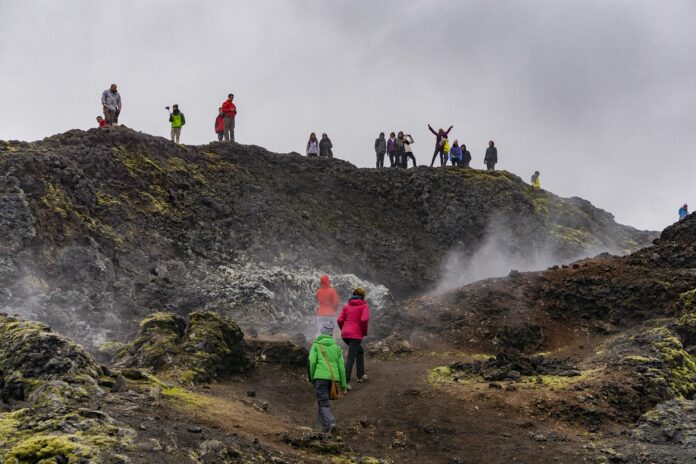Over the past centuries, the meaning and modes of travelling have continuously evolved. A big change occurred between the 17th and 18th centuries: prior to this period, people undertook a journey to escape from war and famine, or for religious or commercial reasons; then in the ‘700s the young European Aristocrats invented a new type of travel – the Grand Tour. It was a real tour of continental Europe, looking for ancient evidence of Greco-Roman classicism. In this sense, the journey was the culmination of an education path, marking the passage of the scions of good families from the youth to adulthood.
In just under three centuries, and especially since the Second World War, from an elitist phenomenon of which it was, the journey has become accessible to all walks of life, transforming into a mass phenomenon. But what connotation has it taken?
As with so many other phenomena, travelling fully reflects the logic of our era: even the act of travel has been forced within an industry, that of tourism, and in turn subjected to the dynamics of globalisation. Intended as a process of uniformity and standardisation, this is affecting both cultural traditions and aesthetic and architectural schemes. Think of the great European metropolises, all defined by the presence of stores of the same major brands and by the spread of large shopping malls. In a not-to-distant past, the Dutch architect Rem Koolhaas termed the definition of a “Generic City”, understood as an anonymous and identityless place, where the same traditions are redefined as a product for the use and consumption of tourists. A typical example of this trend is represented by the characters that disguise themselves as ancient Roman gladiators at the entrance of the Colosseum: a history marketed for tourism.
Indeed, it is increasingly rare to take a trip and then go home with the feeling of having lived a unique and unrepeatable experience. Rather than savouring the authentic spirit of a place, the importance seems to accumulate souvenir photos, to state ‘Yes’, we have also been there. From good consumerism we also travel to ‘consume’ experiences, real or assimilated. Or, rather, we phagocytise them. That is where the past environments and the symbolic places can be re-created easily, also to be recreated elsewhere and be able to exercise the same attraction on the tourist as the originals: it doesn’t matter if we’re doing gondola rides in authentic Venice or the artfully reconstructed Venice in Las Vegas.
Travelling, therefore, satisfies an indispensable need for contemporary man: to experience. This tendency, combined with the spread of low-cost travel, gave rise to the plague of over-tourism. The United Nations World Tourism Organization has estimated that, in 2030, the flow of tourists around the world will exceed 2 billion, about a quarter of the inhabitants of the planet. These are unsustainable numbers. It is becoming unsustainable to travel precisely because of extreme overcrowding, which invades even the most inaccessible and remote places. For example, think about the Mountain climbers who recently passed away waiting for hours in ques to climb Mount Everest. To pay the price is the very existence of these places, that which current policies are struggling to preserve in the name of the ‘economic gains’ guaranteed by this type of tourism.
It is certainly right, and democratic, that the enjoyment of beauty, natural or cultural, is within everyone’s reach and not for a small number of wealthy people. But beauty is a fragile and precious asset, and as such it must be preserved. When even the most remote corners of the planet are made anonymous and consumed by mass tourism, what will become of their beauty? And then, above all, what will the point of traveling be?








